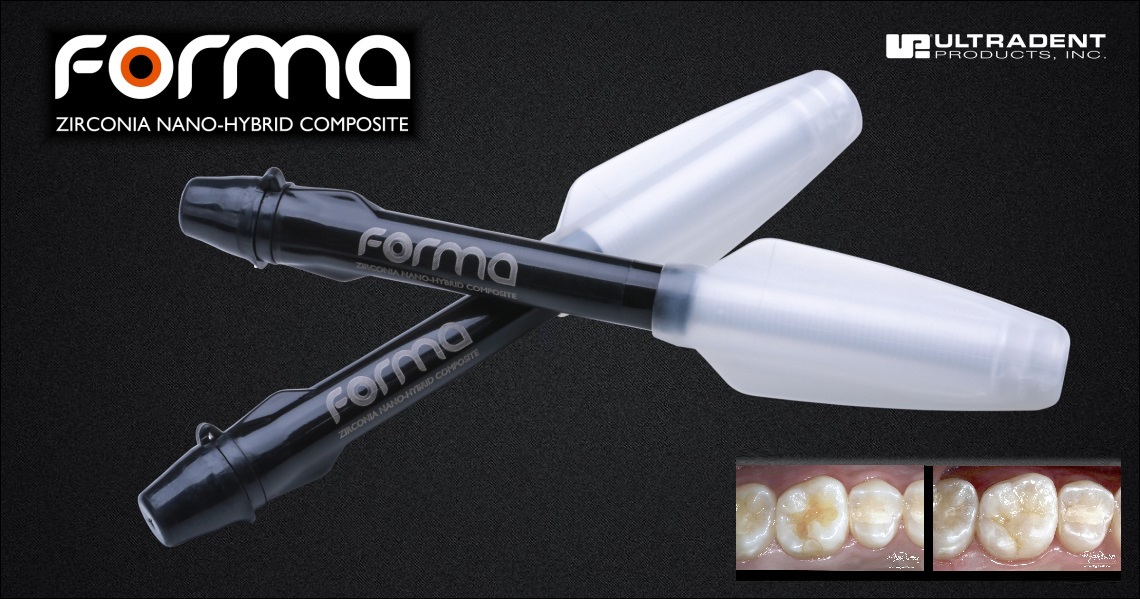In the search of a more conservative, affordable and aesthetic approach, direct composite restorations are the most common choice. However, achieving success in a timely manner remains a challenge.
Reproducing nature and achieving the right balance of shade and opacity are within some of the main challenges. The variables that affect the perception of shade and opacity are multiple, including the lighting of the environment, enamel texture and thickness, and the dentin anatomy underneath it.
However, new generations of composites allow us to achieve optimal results with a single shade, utilizing an intermediary level of opacity that offers a "chameleon effect" to the restoration.
The following clinical case study shows the use of a new composite material with an intuitive shade system (FORMA, Ultradent Products) that takes the guesswork out of shade selection and increases predictability.
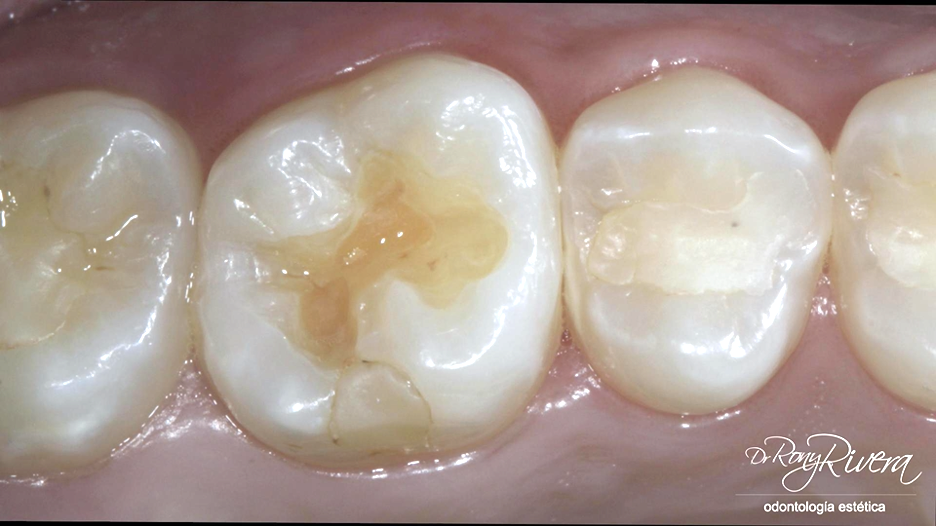

PROCEDURE:
- Rubber dam placement. Complete isolation is fundamental to provide a clean and dry operating field;
- Removal of restoration and caries with round diamond bur;
- Adhesion protocol: Total etch with phosphoric acid for 15s (Ultra-Etch), application of Universal adhesive (Peak Universal Bond). Scrub with firm pressure for 10s, Air Dry for 10s, Light cure for 10s on standard power mode (VALO curing light);
- Application of flowable composite (PermaFlo) as a first adaptive layer for a good, hermetic seal of the internal angles. The layer shall not exceed 1mm. By achieving a proper seal, posterior restorations tend to have exceptional longevity.
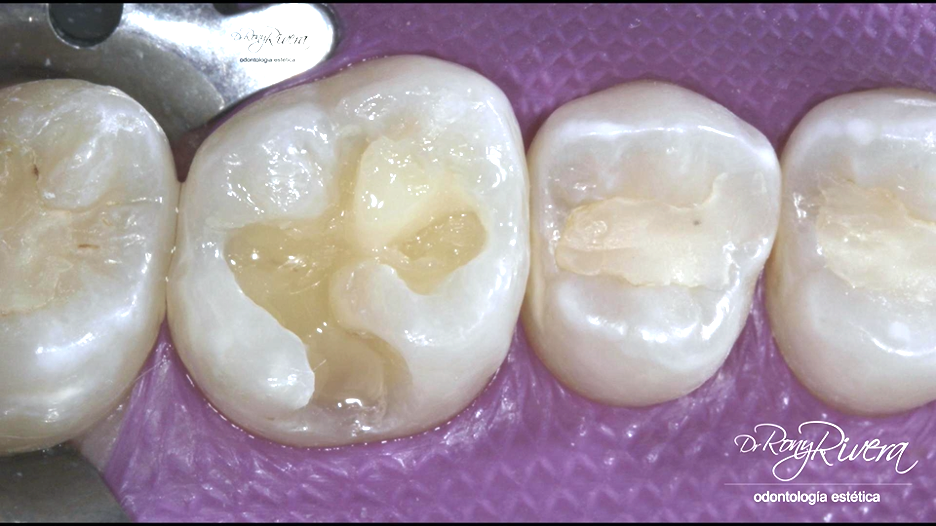
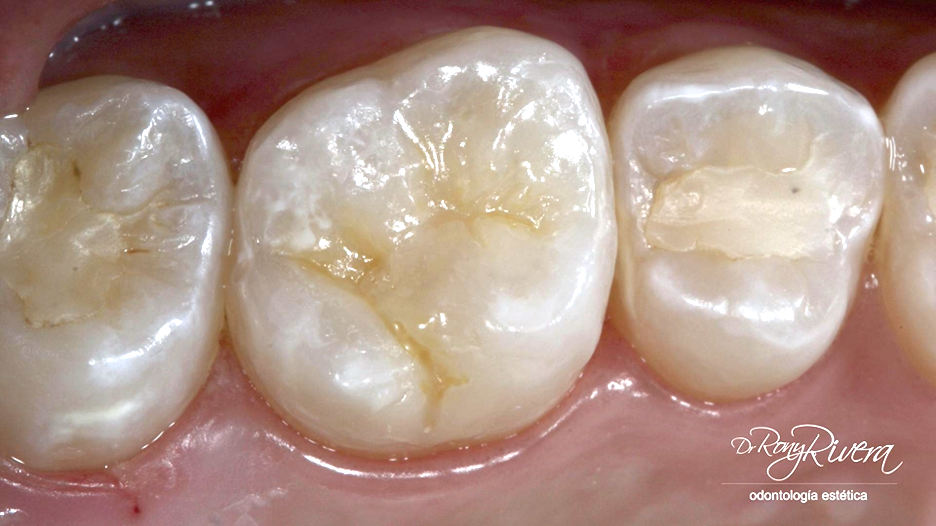
- Occlusal adjustment with a multi-laminated drill;
- Polishing Sequence: Polishing with abrasive tips - Green, Yellow and White (Jiffy™ Composite Finishing System);
- Final luster achieved with Jiffy Brush polisher with firm pressure at 1’000-3’000 RPM;
- Etch for 15s (Ultra-Etch). Air dry and application of PermaSeal composite sealer. Air dry and Light cure for 15s. The use of PermaSeal low viscosity resin enables the sealing of micro gaps and prevents microleakage.
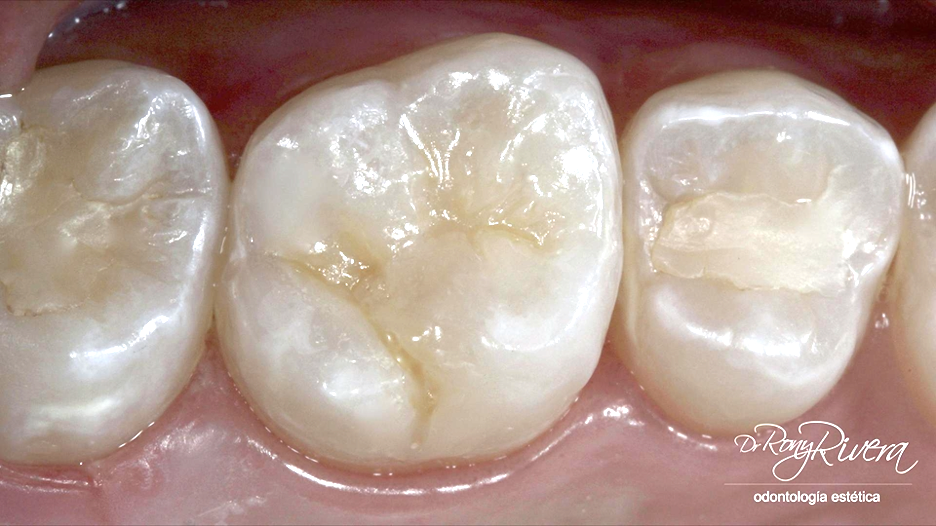
DISCUSSION:
The Body shade of the FORMA restorative material* has a level of translucency between Dentin and Enamel.
The excellent chameleon properties of these shades allow the dentist to strike an ideal blend between the aesthetics of the direct restoration and the dental substrates. The system also offers the option to combine dentin, enamel and effect shades for more complex procedures.
Moreover, the inclusion of zirconia nanoparticles in its formulation gives FORMA excellent mechanical properties, optimal handling and a long-lasting shine.
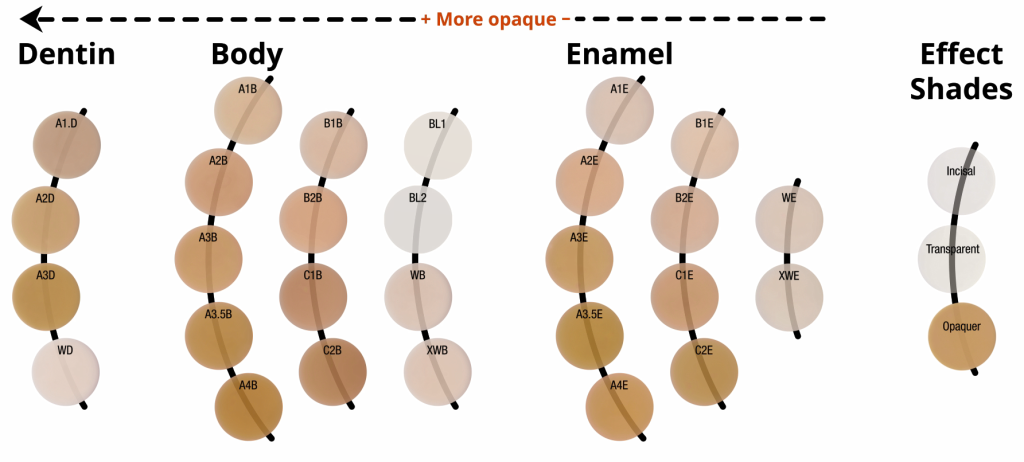
About the Author:
Dr. Rony Rivera received his degree in Dental Surgery in 1990 from the Evangelical University of El Salvador, with a specialization in Aesthetic and Restorative Dentistry. He is a Professor at this institution and coordinates the program on Operative and Aesthetic Dentistry. He maintains a private practice exclusive to aesthetic and restorative dentistry. Dr Rivera can be contacted by email at rony.esteticadental@gmail.com.
*FORMA restorative material is available in select markets internationally. Please check with your regional Ultradent distributor


